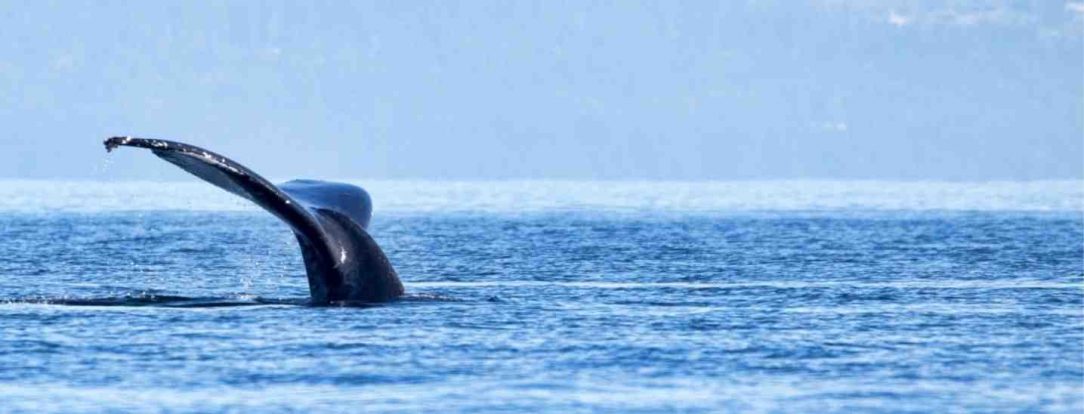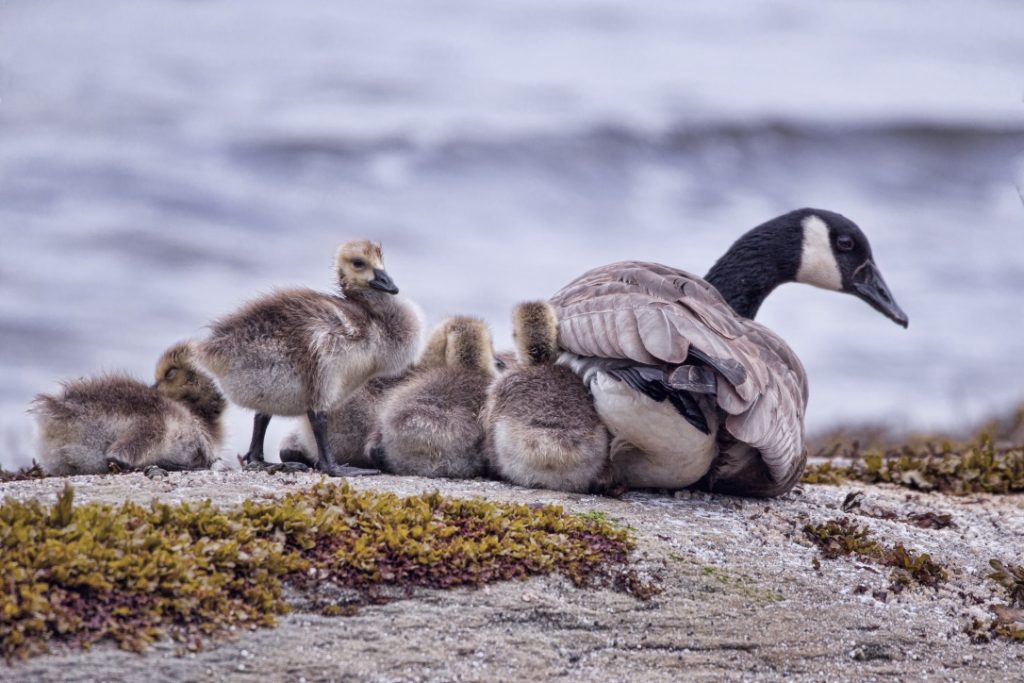$17.6 billion was allocated to green recovery, including marine conservation.
The federal government made a public commitment to protect 25% of Canada’s
land and ocean by 2025, and lead globally to ensure 30% protection of the planet by
2030.
What does this mean for effective protection of the marine environment in the Southern Gulf Islands? Details have not been announced, but increased efforts to establish a National Marine Conservation Area (NMCA) can be expected. Public interest will be critical for conservation efforts to be more than lip service, and for the area to be kept safe and anchorage-free for future generations to enjoy.
Although 2020 has seen the heaviest use of anchorages in the Southern Gulf Islands ever observed, much progress has been made in advancing our concerns in public, the news media and in parliament.
Representatives of the shipping industry have agreed that increasing the efficiency in scheduling ships would be beneficial and could reduce anchorage demand. This may be a very big step in the right direction. We support a sustainable and responsible approach to shipping that will translate words into visible action.
In contrast, at an information meeting about the Ocean Protection Plan earlier this year, Transport Canada officials gave the appearance of being in denial that there is an anchorage problem. Little progress seems to have made since promised in 2017, prior to the Interim Protocol being enacted as a temporary measure to the problem.
Some of the main obstacles appear to be not of technical nature, but in understanding and appreciating the negative consequences of using anchorages instead of better efficiency.
A recent magazine article in the Sentinel gives a great overview of the problem that also addresses the environmental dimension.
We hope positive progress can be made by further educating on the issues. Some of the
misconceptions about anchorages are addressed at the bottom of this news post.
So what is our vision?
Canada signed international agreements to effectively protect 30% of its ocean area by 2030, and to respect the rights of indigenous peoples.
The mandate letter by the current government for the Minister of Transport includes“ making Canada’s major ports among the most efficient and cleanest in the world.”
The Port of Vancouver is supposed to be “responsible for maintaining efficient movement of marine traffic and cargo” and has stated the mission of becoming “the world’s most sustainable port.” Specific aspirations of the port include climate action, protection of aquatic species, supporting species at risk, reduction of underwater noise, and preventing the spread of invasive species.
These are all goals that appear within reach.
Thank you for your support to protect our islands and their marine environment as a special place, for our children and grandchildren, and as an achievement for our country to be proud of internationally.
Please help with holding our government and the shipping industry accountable to their commitments and promises, and stay tuned for upcoming initiatives.

Answers to Misconceptions Regarding Anchorages
Are these anchorages only a problem for local residents?
Actually, this “problem” is of national interest as this unique archipelago is being considered as a National Marine Conservation Area (NMCA). The federal Department of Fisheries and Oceans (DFO) identified the area to be of ecological and biological significance. Tourism confirms international interest. Remote anchorages in the Gulf Islands cause avoidable marine disturbance traffic and greenhouse gas emissions in these sensitive waters that may harm orcas and the planet.
Is mitigation possible? Transport Canada introduced an Interim Protocol over three years ago as a temporary measure to reduce the impact of the large vessels. It has proven a dismal failure. It is an illusion or smoke screen that negative impacts of these anchorages can be meaningfully ‘mitigated’ or ‘managed’. Even ships with reduced lights are still an industrial element in a natural landscape. Engines and pollution cannot be turned off. Underwater noise is booming in the narrow water spaces between islands and affecting marine life. Anchor chains are still scouring the seafloor and releasing clouds of sediment that are settling on sensitive marine habitat and organisms for considerable distances away from the source.
Do ships have a right to anchor anywhere? We often hear that incidental anchorage of ships seeking shelter cannot be restricted due to international law. There is nothing incidental in this anchorage expansion. In reality, this is more like an expansion of industrial zoning or the creation of a large parking lot for the Port of Vancouver. In addition, some ships at anchorages even operate as if at terminal, by offloading their cargo onto barges that then continue into the port jurisdiction.
The Canada Shipping Act not only mandates the Minister of Transport to protect the environment, but also gives all necessary provisions to exclude sensitive areas from anchorage use where necessary.
Are more anchorages needed as exports grow at the Port of Vancouver? Transport Canada considers this normal and not a problem. In reality, there is a problem. There is port congestion due to inefficient scheduling and delivery of bulk exports such as grain and coal.
An efficiently managed port does not require longer line-ups of waiting vessels and more anchorages when export volumes increase. The expansion of anchorage activity from the port into the Southern Gulf Islands only started a few years ago, and this would not have been needed with better planning. It may take several months for the industry and port to adapt, but there are alternatives with long-term benefits that would improve the scheduling of ships and reduce the need for anchorages. A recent study showed that existing anchorages in port vicinity would be sufficient, if best practises were followed even with only a portion of the efficiency observed at other ports.




